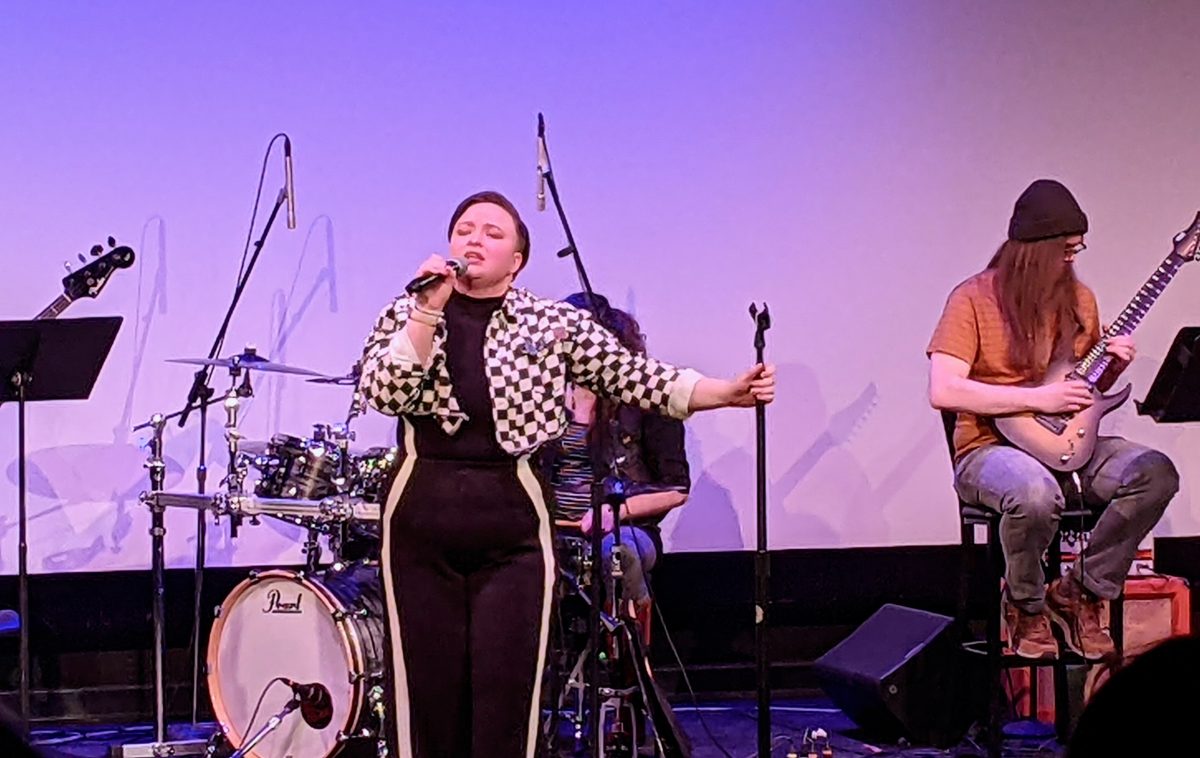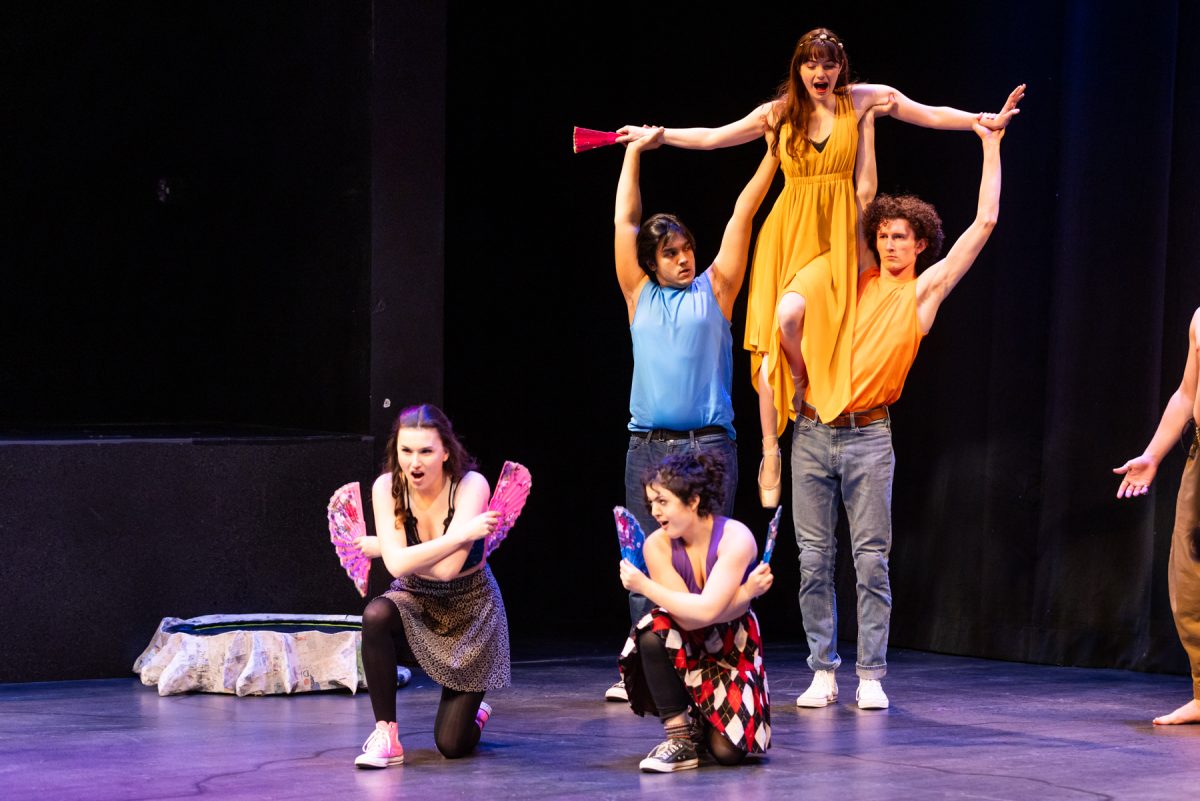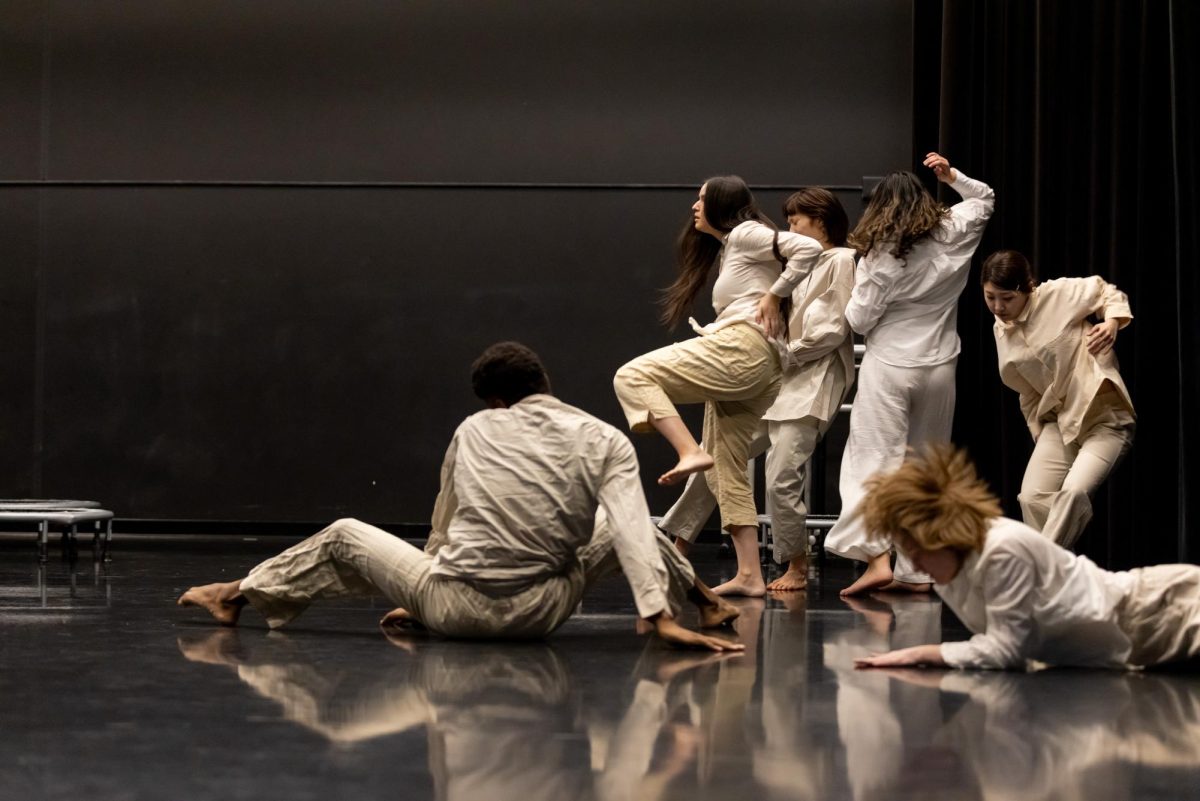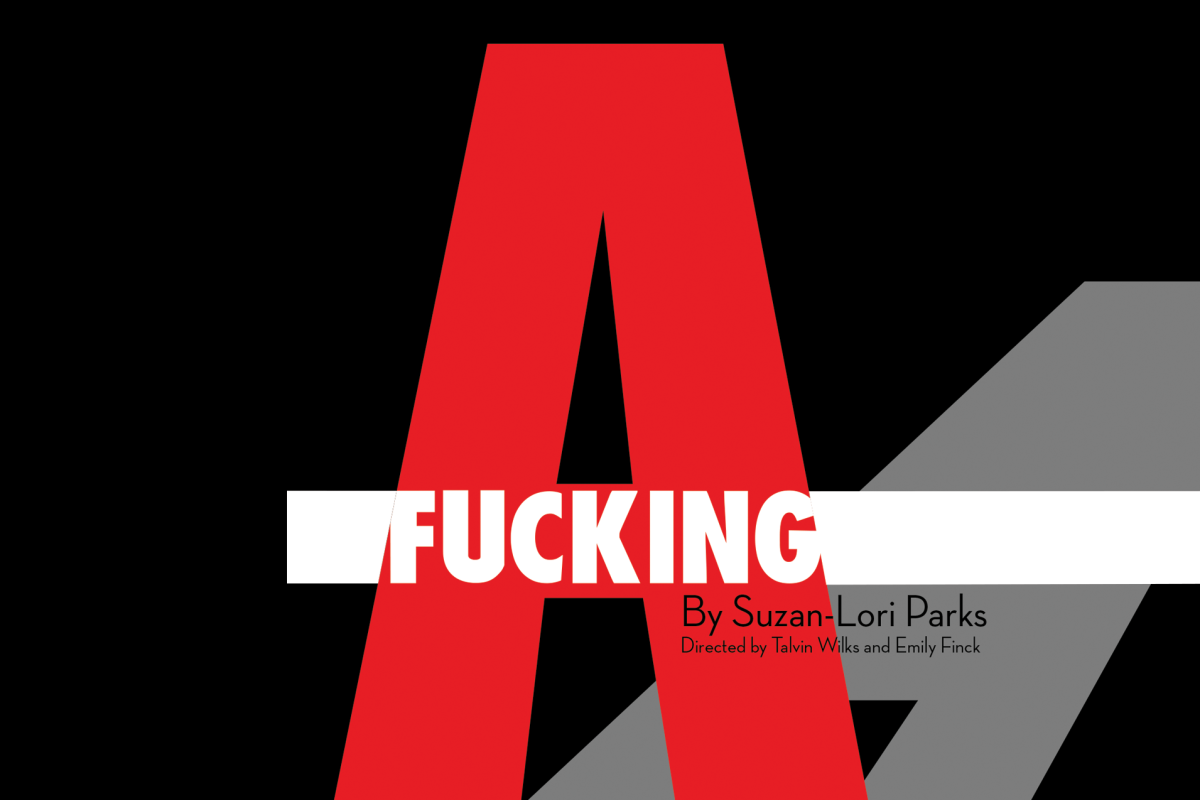Anyone who has attended elementary school since the mid-’90s has probably had “The Giver” assigned as homework. Whether or not they actually read it depends on their level of academic prowess.
But whether you read it or not, the Newbery Medal winning story of a dystopian future society intentionally devoid of emotion and a boy’s journey out of it was, and is, a ubiquitous one for anyone in their later grade school years.
“The Giver” is the story of Jonas, a boy living in a future society which has rid itself of emotion entirely. He is chosen by his elders to be trained by the title character, who exposes him to love, pain and everything else their society has chosen to leave behind.
In some ways, it makes sense to capitalize on this popularity by translating it to another medium but only if it is a medium that lends itself to popular adapations. In other words, film. Lois Lowry, the author of “The Giver” and several other children’s classics, sold the option of adapting “The Giver” for the screen to Academy Award winner (and the Dude) Jeff Bridges years ago.
“One of the parts of the deal was that he would play (the Giver). I made sure of that,” Lowry said. “Just so I knew it wouldn’t go to a nephew of his just out of acting school or something.”
Lowry also spoke about a possible graphic novel version of the book, written and drawn by someone “very famous,” but it is still uncertain if either will come to fruition. It is odd that, instead of film or comic, opera is the medium that an adaptation of “The Giver” would take. But that is what happened last weekend at the Minnesota Opera, thanks to composer Susan Kander and a Kickstarter campaign that raised over $20,000.
“It’s one of the first stories that children encounter that doesn’t talk down to them. It talks up to them,” Kander said. “It really is not kid fare.”
She approached the music with that in mind and subsequently produced a modern and complex soundtrack to the story of Jonas.
“There are all kinds of meter and key changes. It is difficult music,” Kander said. “These kids are counting their rear ends off.”
So in that sense, opera is an appropriate choice. The music challenges children the same way the dark and cerebral book does, and that is an important thing to do, according to Lowry.
“I think the reason the book resonated with so many kids is that it made them think, and that is a very grown up thing to do,” Lowry said. “I still get about 50 or 60 emails a day about the book. I think that’s why.”
One thing about the story that especially sparks the interest, and sometimes anger, of younger readers is the ending. To some, it is unclear if Jonas lives or dies.
“The ending was always meant to be ambiguous. But by now, I’ve written several books which follow up on the story, so anyone who has read those knows that Jonas does not die,” Lowry said. “I used to speak at schools and a few times wore a t-shirt that said ‘Jonas Lives’ on the front.”
The importance of respecting the intelligence of a younger audience cannot be underestimated, but the obvious question is still: Are kids really going to like an opera?
The answer will vary from person to person, but there were several factors that worked in the production’s favor. For one, the music was not just challenging for the sake of being challenging. At times, the dissonant and choppy piano driven accompaniment was truly fascinating and always matched the eerie and intense emotion of the source material. The leads of Jonas and the Giver, which changed each show according to Kander, had impressively large voices for their age and handled the vocal bulk of the show comfortably. Images that find their way into the story are projected on blank canvases held up by chorus members, which was a creative and effective way of visualizing some of the book’s most literary moments.
Younger children in smaller, supporting roles had a harder time getting their voices to match the enormous sound of the music and were difficult to hear at times.
What makes less sense is how the music wanders a little aimlessly in the last 15 minutes, rather than building toward a conclusion. The final chapter of Jonas’s tale, riveting in the novel, feels odd and anti-climactic.
It’s doubtful that kids will be pleasantly challenged by the opera to the extent that they were by the book. But the source is the same, and almost 20 years after its publication it is clear that there is something about “The Giver” that sticks.














